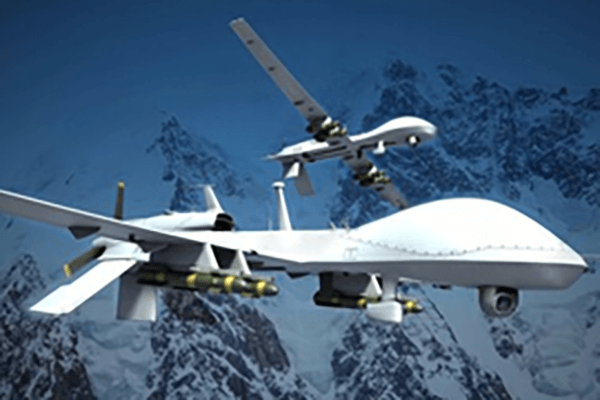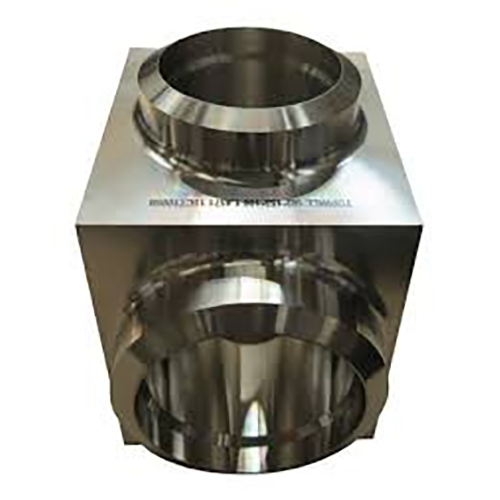
Realizing precise finish on a turned or milled piece becomes necessary.
- Surface finish callouts in engineering drawings provide the exact specifications for the finish of a part
- Technical callouts use Ra, a measure of average irregularity, to quantify finish
- Familiarity with surface callouts is vital for achieving performance targets
- Prescribed surface characteristics govern lubrication, abrasion, and longevity
- Accurate interpretation of callouts is required to realize the targeted surface
CNC Machining: A Definition of Precision

Automated machining signifies a significant manufacturing innovation through G-code driven routines the hardware sculpts intricate parts accurately.
- Computer-driven machining creates reliable parts from assorted materials
- CNC adaptability suits industries including aerospace and automotive sectors
- CNC machining delivers exceptional repeatability ensuring identical parts across production runs
Across prototyping through full-scale production CNC machining serves as a cornerstone in contemporary manufacturing
CNC Specs Explained
Making sense of CNC specs can seem confusing on first pass
Yet armed with basic knowledge and methodical steps you can manage technical specifications
Launch by determining central specs: spindle rpm, feed velocity, accuracy, envelope, controller
Each characteristic modifies the machine’s effective performance.
In practice greater spindle speed often suits ductile substrates whereas higher feed supports productivity.
Appreciating such links enables selection of equipment fit for your objectives
Ensure you peruse vendor documentation exhaustively.
Manufacturer docs typically supply key details and decode technical phrasing
What You Should Know About CNC Machines
Computer-operated machining stations are programmed units for precise automated part fabrication across materials They operate by interpreting digital instructions called G-code to control cutting tools or other actuators.
- Examples of CNC types are vertical mills, CNC lathes, CNC routers, plasma cutters
- CNC machining processes are highly versatile and can be used to work with a wide range of materials including metals plastics wood and composites
- Also CNC equipment offers quick turn prototyping and low-volume runs for innovators and labs
Core Concepts of CNC Machinery
CNC machines represent a remarkable fusion of mechanical precision and sophisticated software control Versatile machinery employs programmed code to autonomously produce simple parts and complex assemblies The core idea is converting digital blueprints into tangible parts.
- Numerical control manufacturing
- Digital design integration
It entails finely timed actuator motions governed by software Skilled staff determine cutting conditions, observe operations, and verify finished part quality.
Influence of Finish on CNC Operations
Producing expected finish through machining is important It impacts both functional performance and surface look Base material, cutting conditions, and post-machining refinements govern texture.
High-quality surfaces strengthen durability while rough textures may reduce efficacy Code-driven machining enables selective tooling and techniques to attain required textures.
- Consider using alternative cutting shapes |diamond tooling|feed and speed combinations to realize required texture
- Alternatively post-processing methods like polishing grinding sanding can be employed to improve the surface finish
Knowing parameter-to-finish links is vital to secure the best results.
Introduction to CNC Machining
Programmed machining provides accurate part shaping across multiple material types They adhere to programmed code to reproduce complex geometries with repeatable accuracy Grasping G-code, tool selection, and machine operation underpins successful manufacture
Sectors served include aerospace, automotive, manufacturing, medical, and electronics fields From engine components to precision tooling, CNC enables production of sophisticated geometries
How to Specify Surface Finish for CNC Parts
Accurate finish definition matters when machining parts with CNC It guarantees the finished part fulfills functional and visual criteria Manufacturers often rely on Ra (roughness average) to represent surface finish Shown in micrometers or inches, the measurement denotes typical roughness magnitude.
Weigh required surface smoothness against intended use when defining callouts

In practice smoother finishes help where exact fits and close tolerances are essential
By contrast coarser finishes may be useful where additional grip or friction is desirable
Leverage precise callout notation within drawings to indicate required finish Include both the Ra value along with any additional instructions such as machining processes or surface treatments.
Consider that thorough finish callouts underpin quality manufacturing
Types of CNC Machines and Their Capabilities
There exists a diverse field of CNC machines built to serve many operational purposes They integrate CAD-driven toolpaths to guide cutters for precise component production.
- Mills shape slots pockets and complex contours through rotary cutting
- Lathes excel at producing round parts such as shafts rods and bushings
- Laser systems produce fine kerfs and detailed shapes in thin materials
Choosing the right CNC depends on production goals material type and required accuracy Unique machine capabilities support varied industry needs such as automotive, aerospace, and medical.
Achieving Optimal Surface Finish with CNC Machining
Realizing premium surface texture is vital and CNC machining supplies tools to accomplish it By leveraging precise control over cutting parameters such as feed rate spindle speed and tool geometry machinists can effectively manipulate the material removal process to produce surfaces with minimal imperfections Coupled with high-quality tools and correct fluid use, finish quality is elevated Deliberate machining strategies and exact setups enable production of components with excellent texture.
Achieving Surface Finish in CNC Programming
Mastering surface finish during CNC programming is crucial for achieving desired quality outcomes Combining feed, speed, and tool form strongly affects surface pattern and roughness Exact parameter choices plus proper fluid management achieve refined finishes.
- Besides that what is acnc machines systematic tool upkeep and monitoring ensure sustained surface quality Plus regular inspection and maintenance of tools copyright finishing standards Moreover scheduled tool maintenance and inspection preserve surface performance
- To enhance finish consider workpiece material, roughness targets and use case
- Virtual simulation provides a way to optimize feeds and speeds before cutting
- Besides that systematic tool upkeep and monitoring ensure sustained surface quality
